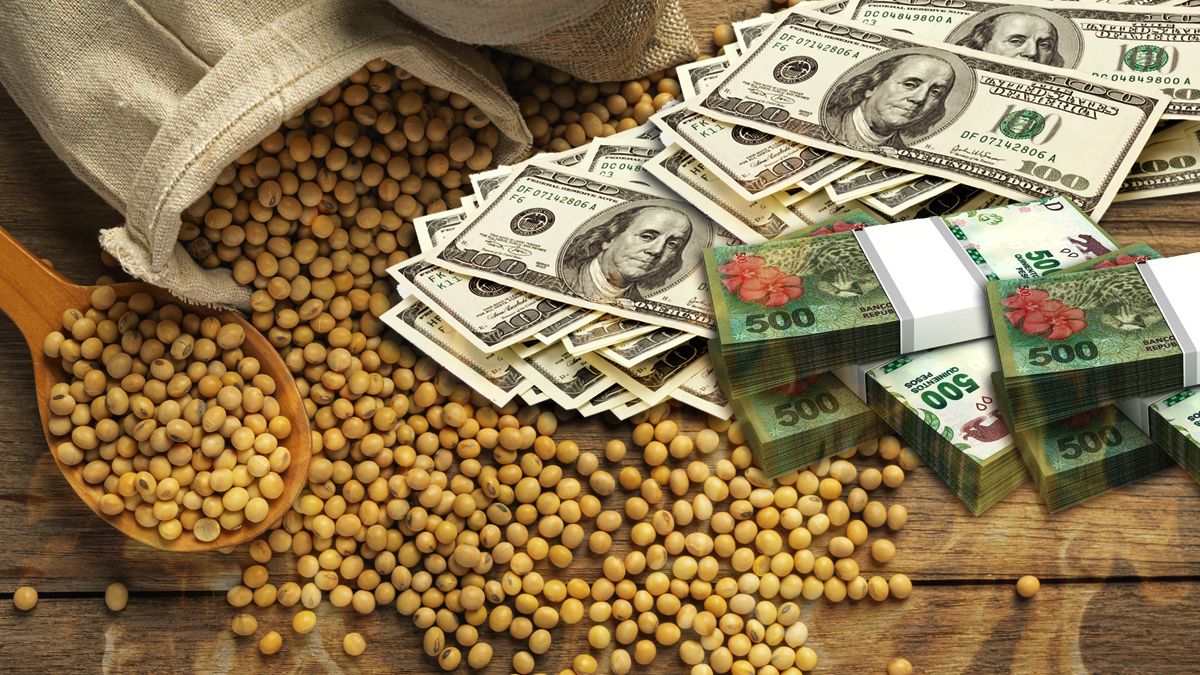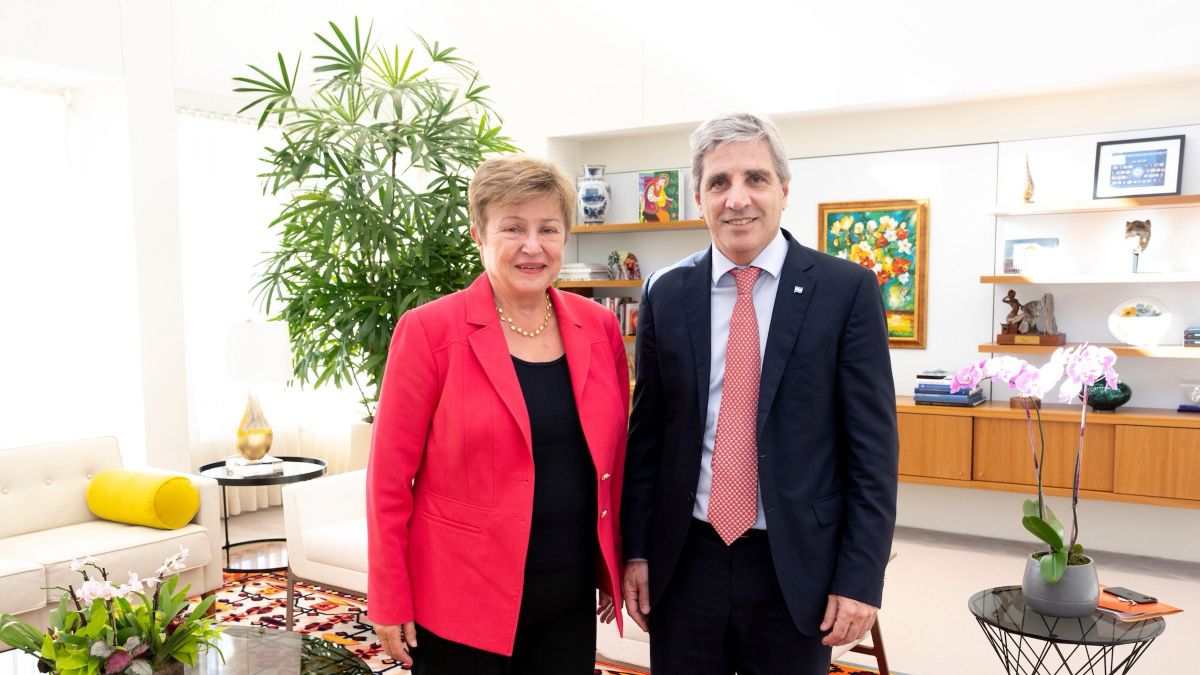Economy Minister Sergio Massa announced on Sunday a differential exchange rate of $200 for soybean exports to take place in September, compared to the $140.28 currently quoted on the official market. In response to this, the big players in agriculture promised to liquidate some US$5 billion in favor of the Central Bank’s reserves, which, however, had to sell foreign currency this Monday (US$9 million) after 16 days in a row with balances positive, pending the implementation in the banks of the new exchange scheme. Yes, there was an important movement in grain sales by producers during the first day of the regime.
“The new liquidation scheme has not yet entered into force, and the lack of reference abroad conditioned it, but its first effects are already tangible,” they pointed out from PPI.
In the market they agree that this measure is not a permanent solution, but it will have a positive effect if the soy growers liquidate at least the floor of US$5,000 million that they promised. “Once again the Government buys time. And as usual, the market anticipated and the optimism was partially filled”, they commented at the tables.
In just two trading days in September, the informal dollar sank $20 and became the cheapest unconstrained exchange rate on the market, being outperformed even by the MEP dollar (it closed around $271). This exchange rearrangement caused the gap between the marginal market and the official one to pierce 100%, to 92.5%, almost 70 points less from the 160% reached just a month and a half ago.
Now, after this abrupt drop in the parallel exchange rate is completed, the question that arises is: at what price and with what gap will the informal dollar find a floor? Ámbito consulted three specialists and this is what they responded:
Frederick Glustein,
economist
In this scenario, the parallel falls in the face of a greater supply of foreign currency, then there is no longer a market, which migrates towards the official sectors and, given the desert in the market, lowers the blue and is in line with the MEP and quite above the crypto.
If the financiers continue to fall, it is likely that it will not have this floor of $270 and will continue to fall, at least a few more pesos. At this point I see it for $265 if you don’t change the trajectory.
Christian Butler,
financial analyst
The drop in blue was expected, although I don’t know if it was in this magnitude of $15 in just one day. I think it could go a little lower anyway, to a 65%/70% gap. Much less than that, I don’t think it will go down because you have the official dollar taxes, which they put on it, they put a floor on it.
This fall is the product of the inflow of dollars and the recomposition of reserves, which is something very positive. But today there is a $50/$60 difference between the soybean dollar and the official dollar, and that is pure issuance because the Central Bank will buy at $200 and sell at $150. And that greater monetary financing at some point is going to hit you, with more gap and more inflation.
In conclusion: in the short term, the blue dollar may fall further, and everyone is happy with the increase in reserves, but in the medium and long term, it will cause a headache when that bill arrives.
Juan Pablo Albornoz,
by Ecolatin
Although it is premature to draw conclusions, reserves are the hottest topic today and this measure should bring a lot of air in the short term, possibly the decline from a macro perspective is associated with it.
Now, in the medium term, the motivators of the very high levels of free dollars that we have are still valid. Without a fiscal consolidation that is perceived as sustained plus some measure that anchors a nominality that is launched, a sustained calm in free dollars will be difficult.
In a 75%-85% gap against the wholesale dollar, I think the market is going to go back to looking fondly on the financial or blue dollar. They are the prices (MEP) of the end of June prior to the run that took them comfortably above $300 and also adds that in the interim inflation ran 14%.
Source: Ambito
David William is a talented author who has made a name for himself in the world of writing. He is a professional author who writes on a wide range of topics, from general interest to opinion news. David is currently working as a writer at 24 hours worlds where he brings his unique perspective and in-depth research to his articles, making them both informative and engaging.




